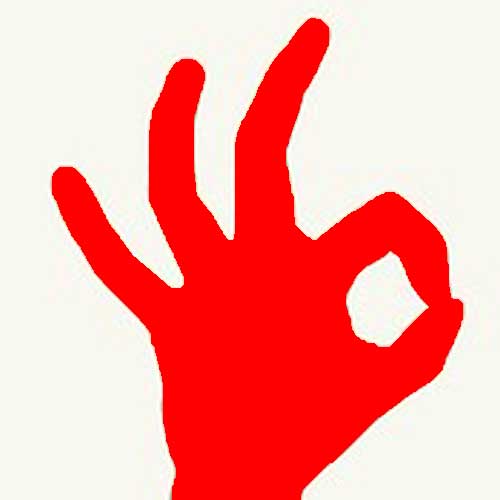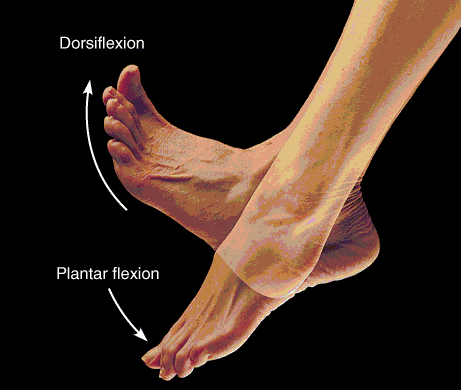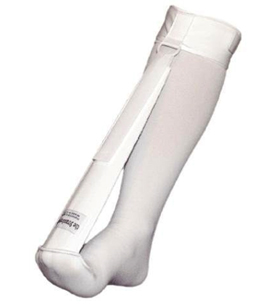I’ve decided to go out on a limb this week and write about something really boring.
I’ve even included really boring videos too.
Excited?
Well hey, before you exit this window, stick with me for a bit, as the information surrounding the videos may actually be pretty damn beneficial to your life and training.
So, what is this boring topic, you ask?
One word.
Stiffness.
Wait! Before you go, let me take you back in time.
A time when we used to crouch around a camp fire and look at the stars, rather than lay on our couches watching Daenerys Targaryen.
A time before we sat at desks all day typing away on computers.
A time before women walked around in awkwardly high heels.
And a time before the joints that were supposed to be mobile, were in fact, mobile.
Joint by joint.
Do you remember the good ol’ joint by joint approach from a few weeks back?
Starting from our feet all the way to the atlas of our cervical spine, our joints alternate between stable and mobile sections the entire way up.
It really does make sense when you think about it.
For our hands and feet need to be able to contort and form into stable bases for tasks like walking, handstands and even the rarity of a complete quadruped lifestyle.
We can work down the line after the feet and hands and see that this leaves our ankles and wrists with the inevitable task of having to be as mobile as the joints allow them to be (for those interested, they’re known as gliding joints).
However, these days, due to our lifestyle habits, they’re not always as glide-able as they’d personally like to be.
And I know you’re probably thinking, “well c’mon, Hayden. Joints don’t really think, so they couldn’t really be upset with how their life has panned out”.
You may be right, but what if I was to tell you that if one joint isn’t doing its job right, then it’s up to the ones on either side of it to pick up the slack?
So, let’s say for example, you’re an avid computer user that types most of the day. Your wrists are locked in a neutral position for a good period of time.
The chain of events that can ensue simply just from cramped up wrist joints can result in things like tendinitis within the elbows, and stem to even further down the line, resulting in problems like an overly tight neck.
Sound familiar?
We can keep following up the sections to find even more issues that are a result of stiffened-up wrists, but let’s save that for another time.
What I want to enlighten you with today is the complete other end of the body.
The ankles.
Tight, immobile ankles is an all too common sight these days. And not only can we thank a lot of our unconscious lifestyle habits playing a part in making sure our ankles stay in plantar-flexion, but things like wearing high-heeled shoes all day (and not even just the female classy-leathery-plasticy type – sneakers can also play a part) and even sleeping, can push them further down the path too.
Don’t believe me?
Think about how many hours a night you sleep. Now think about how many hours your ankles would be in this plantar-flexed position. And now think about how many hours you sit with your feet in this position.
It all adds up.
And although it might sound stupid, people have still managed to catch on to this “problem” and invented products like the one below to counter it.
Issues.
There are a lot of impacts anti-dorsiflexed ankles can have on your life and training. And just like the chain of events that can result from tight wrists, the same can happen from this end of the body too.
Pain and injuries within the knee, hip, and even lower back are just a few to name. And when it comes to training optimally, these areas can obviously be an issue.
Not only will there be pain throughout movements, but the hesitance factor that comes about when you’re scared to push past an old or new niggling pain/sensation will also be prevalent.
Issues start to arise even further when you want to actually put some decent amount of force into the ground. And this is where classic and fundamental exercises like squats, lunges, and deadlifts can suffer.
Problems.
The heel lift and/or ankle twist is a common one seen as a result of immobile ankles for any lower body exercise.
But what might not be completely obvious is that an excessive lean forward in the torso can also be a result of ankles that don’t or can’t go into dorsiflexion.
You see, if you can’t dorsiflex your ankle enough, you have to find the movement somewhere else through your body. And what people tend to do is look for it by keeping their shins overly vertical and leaning forward by pushing their hips back.
I admittedly did kinda over-exaggerate with it in the vid, but you get the idea.
Methods.
Working on retraining patterns and strengthening your midsection can be a couple of ways to go about it. But by going back down the line and working from the ground up, we can help to rectify some of these issues from the get-go.
Applying techniques like a simple foot release can be a good start.
See? Boring video. And don’t wory, there’s still a few more gems to be viewed below.
And we can then work on putting the ankle joint through a range of motion that is similar to the movements mentioned above. This is where wall knee taps can play a part.
The good ol’ squat hold with side-to-side and even forward-to-back movements is another movement-based drill, and is a simple one to add in.
Flat feet, or a “fallen arch” can be a reason why you’re not able to keep in contact with the ground, but simple additions to your training like overemphasizing on techniques like gripping the ground with your feet to create a more “active” foot.
And working on a thought process that engages your external rotators a lot more like the “spread the floor” technique by externally rotating your knees, can help immensely.
If you’re still struggling to keep contact on the ground after assessing your movement patterns, opting for methods such as placing something under your heels can help you with your entire movement, all whilst still allowing you to achieve a good training response.
You can stretch all you like, but lifestyle posture and movement habits will always outweigh the 5-10 minutes stretching and warming up you perform prior to training.
Take my client Mandi performing some pretty damn decent overhead squats, for example.
It may not be “perfect” in some people’s eyes, but take it from the perspective that she literally never stretches (well apart from the wake-up-arms-up-in-the-air stretch that she always performs when we train early on a Saturday morning). She also only trains weights once to twice a week and just walks.
Her secret?
She has a 16 month old baby (hi Ollie).
Now, I’m definitely not telling you to go have a couple of kids to help with your flexibility, mobility and movement patterns. But the fact that she spends a lot of time playing with her son on the ground (and cleaning up after him too), and not spending a good portion of her day sitting around in awkward chairs and not keeping moving, shows just how impactful lifestyle habits can be.
Lifestyle, posture and simply being aware will always beat static stretching and/or mobility drills to provide the best result when it comes to your life and/or training.
Guaranteed.
Join the conversation:






